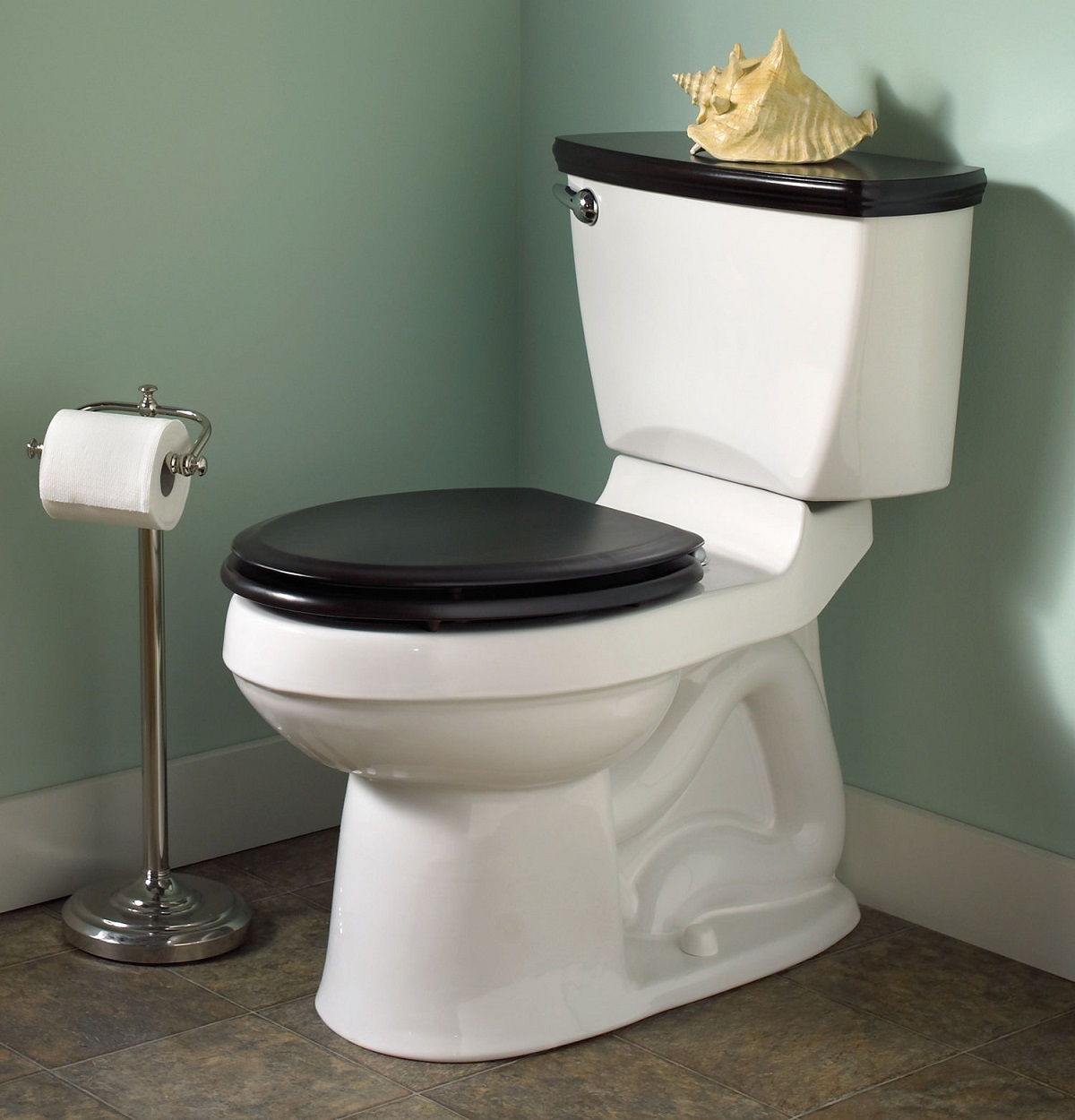

Articles
How To Buy Toilet Seat
Modified: January 6, 2024
Looking for informative articles on how to buy a toilet seat? Check out our comprehensive guide to find the perfect fit for your bathroom.
(Many of the links in this article redirect to a specific reviewed product. Your purchase of these products through affiliate links helps to generate commission for Storables.com, at no extra cost. Learn more)
Introduction
When it comes to bathroom essentials, a toilet seat may not be the most exciting item on your list, but it is undeniably an essential component of any functional toilet. A good toilet seat can provide comfort, stability, and hygiene, enhancing your overall bathroom experience. However, with so many options available in the market, it can be overwhelming to choose the right one. That’s why we have created this comprehensive guide to help you navigate through the process of buying a toilet seat.
Before diving into the various factors to consider and types of toilet seats available, it’s important to understand that a toilet seat is not a one-size-fits-all solution. Each individual has different preferences, needs, and bathroom setups, which is why it’s crucial to take into account several key factors before making your purchase. These factors range from measurement and compatibility to material and durability, as well as additional features and your budget. By considering these factors, you can make an informed decision and find a toilet seat that perfectly suits your needs.
In this guide, we will break down each of these factors, providing valuable insights and tips to help you find the perfect toilet seat for your bathroom. We will also explain the different types of toilet seats available in the market, including traditional, padded, heated, and bidet seats. By the end of this guide, you’ll have a clear understanding of what to look for when purchasing a toilet seat and how to properly install and maintain it for years to come.
So, let’s get started with the essential factors you need to consider before buying a toilet seat.
Key Takeaways:
- Choosing the right toilet seat involves considering factors such as size, compatibility, materials, comfort, and additional features. Proper installation and regular maintenance are crucial for ensuring a comfortable and hygienic bathroom experience.
- When purchasing a toilet seat, explore various options including local hardware stores, online retailers, specialty bathroom stores, and manufacturer websites. Consider your budget, brand reputation, and the availability of features that meet your requirements.
Read more: How To Disinfect Toilet Seat
Factors to Consider Before Buying a Toilet Seat
Choosing the right toilet seat goes beyond just picking a design or color that matches your bathroom decor. To ensure optimal comfort and functionality, there are several key factors that you need to consider. Let’s take a closer look at each of them:
- Size and Shape: Toilet seats come in different sizes and shapes to fit various toilet bowls. Measure the dimensions of your toilet bowl, including the length, width, and distance between the mounting holes, to ensure a proper fit. Additionally, consider the shape of the seat, whether it is round or elongated, as this can affect comfort and aesthetics.
- Compatibility: Check the compatibility of the toilet seat with your specific toilet model. Some toilet seats are designed to be compatible with specific brands or models, so be sure to check the product specifications or consult with the manufacturer to ensure a proper fit.
- Materials: Toilet seats are typically made from different materials, including plastic, wood, or composite materials. Plastic seats are lightweight, easy to clean, and resistant to stains and odors. Wood seats, on the other hand, offer a more luxurious and natural look but require regular maintenance. Consider your personal preferences, budget, and durability when choosing the material.
- Comfort: Comfort is a crucial factor to consider, especially if you spend a significant amount of time on the toilet. Look for features like contoured seats, padded cushions, or ergonomic designs that provide enhanced comfort and support.
- Hinges and Fasteners: Pay attention to the quality and durability of the hinges and fasteners that hold the seat in place. Look for seats with sturdy, rust-resistant metal hinges or quick-release hinges that allow for easy cleaning and maintenance.
- Style and Design: Consider the overall style and design of your bathroom when choosing a toilet seat. Opt for a seat that complements the aesthetic of your bathroom, whether it’s a sleek and modern design or a classic and traditional look.
By considering these factors, you can narrow down your options and select a toilet seat that is not only comfortable and functional but also suits your personal preferences and bathroom decor. Next, let’s explore the different types of toilet seats available in the market.
Different Types of Toilet Seats
Toilet seats come in a variety of types, each offering unique features and functionalities. Understanding the different types can help you make an informed decision based on your specific needs and preferences. Here are the most common types of toilet seats available:
- Traditional Toilet Seats: Traditional toilet seats are the most common type and come in a range of materials, including plastic, wood, and composite. They are available in both round and elongated shapes to fit different toilet bowls. Traditional seats are known for their durability, ease of maintenance, and affordability.
- Padded Toilet Seats: Padded toilet seats feature a layer of foam or cushioning material on top of the seat for added comfort. They provide a softer seating surface, making them ideal for individuals who require extra support or have sensitive skin. Padded seats are available in various materials, such as vinyl or fabric, and often come with adjustable hinges.
- Heated Toilet Seats: Heated toilet seats offer the ultimate in comfort, especially during colder months. These seats are equipped with heating elements that warm up the surface, providing a cozy and soothing experience. Some heated seats also come with temperature control settings, allowing you to adjust the heat to your liking.
- Bidet Toilet Seats: Bidet toilet seats combine the functionality of a toilet seat and a bidet. They are equipped with water sprayers that provide hygiene and cleansing benefits, eliminating the need for toilet paper. Bidet seats often come with adjustable water pressure and temperature settings, as well as additional features like air dryers and deodorizers.
- Children’s Toilet Seats: Children’s toilet seats are specifically designed for young children who are transitioning from potty training to using the toilet independently. They feature smaller dimensions, built-in handles, and sometimes even fun and colorful designs to make the transition easier and more enjoyable for kids.
When choosing a toilet seat type, consider your specific requirements, budget, and personal preferences. Each type offers its own advantages and features, so take your time to find the one that best suits your needs. Once you have decided on the type of toilet seat, it’s important to ensure proper measurements and compatibility before making a purchase. Let’s explore these considerations in more detail.
Measurements and Compatibility
To ensure a proper fit and installation, it’s important to take accurate measurements of your toilet bowl and consider the compatibility of the toilet seat. Here are the key measurements and compatibility factors to consider:
- Toilet Bowl Dimensions: Measure the dimensions of your toilet bowl, including the length and width. Most toilets come in two shapes: round and elongated. Round toilets have a circular bowl shape, while elongated toilets have an oval or elongated shape. Knowing the shape and dimensions of your toilet bowl will help you choose a seat that fits perfectly.
- Mounting Hole Spacing: Measure the distance between the mounting holes on the toilet bowl. This measurement is crucial for selecting a toilet seat that aligns with the holes and can be securely attached to the toilet. The standard mounting hole spacing is about 5 ½ inches, but it’s always recommended to measure to be sure.
- Compatibility: Check the compatibility of the toilet seat with your specific toilet model. Some toilet seats are designed to be compatible with certain brands or models, while others offer universal fit. Refer to the product specifications or consult with the manufacturer to ensure that the seat you choose is compatible with your toilet.
By taking accurate measurements and considering compatibility factors, you can significantly reduce the chance of purchasing a toilet seat that doesn’t fit your toilet bowl. Now that you have ensured the right measurements and compatibility, the next consideration is the material and durability of the toilet seat. Let’s explore this factor in more detail.
Materials and Durability
When it comes to toilet seats, different materials offer varying levels of durability, maintenance requirements, and aesthetics. Here are the most common materials used in toilet seat construction:
- Plastic: Plastic toilet seats are lightweight, affordable, and widely available. They are resistant to stains, scratches, and odors, making them easy to clean and maintain. Plastic seats are a popular choice due to their durability and cost-effectiveness. However, keep in mind that not all plastic seats are created equal, and higher-quality plastics tend to be more durable and long-lasting.
- Wood: Wood toilet seats add a touch of elegance and warmth to any bathroom decor. They are available in various types of wood, such as oak, walnut, or bamboo, and can be stained or painted to match your preference. Wood seats have a natural, comfortable feel and are known for their durability when properly maintained. However, they require regular cleaning and periodic refinishing to prevent water damage and maintain their appearance.
- Composite Materials: Composite materials, such as thermoset or resin, are becoming increasingly popular for toilet seat construction. These materials offer the advantages of both plastic and wood seats. They are durable, resistant to cracking and chipping, and easy to clean. Composite seats often come in a variety of colors and finishes, allowing for greater customization and matching with your bathroom decor.
When considering materials, factors such as durability, maintenance, and personal preference play a significant role in your decision-making process. Think about the level of maintenance you are willing to undertake and consider factors like the frequency of use, household members, and any specific needs or requirements.
In addition to the material, pay attention to the quality of the hinges and fasteners that hold the seat in place. Opt for seats with sturdy, rust-resistant metal hinges, as they provide better stability and durability. Quick-release hinges are also desirable, as they allow for easy removal and cleaning of the seat.
By considering the type of material and durability factors, you can choose a toilet seat that not only meets your functional requirements but also aligns with your aesthetic preferences. Next, let’s explore additional features and functionality that you may want to consider when buying a toilet seat.
Read more: How To Paint A Toilet Seat
Additional Features and Functionality
Beyond the basic function of providing a seating surface, toilet seats can come with additional features and functionalities that can enhance your bathroom experience. Here are some features to consider:
- Soft-Close Mechanism: A soft-close mechanism allows the toilet seat and lid to close slowly and quietly, preventing any accidental slams. This feature is not only convenient but also helps to extend the lifespan of your toilet seat by reducing wear and tear.
- Bidet Functionality: If you’re looking for a more hygienic and convenient option, consider a toilet seat with built-in bidet functionality. These seats are equipped with water sprayers that provide a gentle cleansing experience. Many bidet seats come with adjustable water pressure, different spray patterns, and temperature control settings.
- Heated Seat: Especially during colder months, a heated toilet seat can provide much-needed comfort. These seats warm up the seating surface, making your bathroom experience more pleasant. Some heated seats even come with adjustable temperature settings to suit your personal preferences.
- Night Light: If you frequently get up during the night to use the bathroom, consider a toilet seat with a built-in night light. This feature provides a soft glow, making it safer and easier to navigate in the dark without the need to turn on a bright overhead light.
- Easy-Release Hinges: Hinges that allow for easy removal and cleaning of the toilet seat are a desirable feature. Quick-release hinges make it simple to detach the seat from the bowl, allowing for thorough cleaning and maintenance.
- Potty Training Seats: If you have young children who are in the process of potty training, consider a toilet seat with a built-in child-sized seat. These seats feature a smaller seating area and often have handles or grip bars to provide stability and support for children.
When considering additional features, think about your specific needs and preferences. It’s important to note that as features increase, so does the price of the toilet seat. Therefore, prioritize the features that are most important to you and fit within your budget.
Now that you have explored the different types of toilet seats, considered measurements, materials, durability, and additional features, it’s time to address the budget considerations associated with buying a toilet seat. Let’s delve into this aspect in more detail.
When buying a toilet seat, measure the distance between the seat mounting holes to ensure a proper fit. Consider the material, shape, and features like soft-close hinges for added convenience.
Budget Considerations
When purchasing a toilet seat, it’s essential to consider your budget and find a balance between quality and affordability. Toilet seat prices can vary significantly depending on factors such as material, brand, features, and design. Here are some budget considerations to keep in mind:
- Set a Budget: Determine how much you are willing to spend on a toilet seat. This will help narrow down your options and prevent overspending.
- Consider the Material: The material of the toilet seat can impact its price. Plastic seats are generally more affordable, while wood and composite seats tend to be a bit higher in cost. Consider your preferences for material and how it aligns with your budget.
- Features: Additional features, such as soft-close mechanisms, bidet functionality, or heated seats, can increase the price of a toilet seat. Decide which features are essential for you and if they fit within your budget.
- Brand: Brand reputation can affect the price of a toilet seat. Some well-known brands may command a higher price due to their quality and reputation. However, there are also budget-friendly options available from lesser-known brands that offer good quality products.
- Warranty: Check if the toilet seat comes with a warranty. A longer warranty period can provide you with added peace of mind and potentially save you money on repairs or replacements in the future.
- Sale Promotions: Look out for sales or promotions that can help you get a higher-quality toilet seat at a discounted price. Keep an eye on online retailers, home improvement stores, or local sales events.
It’s important to note that while budget is an essential consideration, it’s also vital to prioritize quality and functionality. A poorly constructed or uncomfortable toilet seat may require frequent replacement or cause discomfort in the long run. Therefore, aim to strike a balance between your budget and the quality of the seat that meets your requirements.
Now that you have considered various budget aspects, let’s move on to exploring where you can purchase a toilet seat.
Where to Buy Toilet Seats
Toilet seats can be purchased from a variety of sources, both online and offline. Here are some popular options to consider when looking to buy a toilet seat:
- Hardware Stores: Local hardware stores and home improvement centers often have a wide selection of toilet seats to choose from. Visit your nearest store and explore the different options available. The advantage of shopping at a physical store is that you can see the products in person and ask questions to knowledgeable staff.
- Online Retailers: Online shopping platforms like Amazon, Home Depot, and Lowe’s offer a vast selection of toilet seats from various brands. You can conveniently browse through different styles, materials, and features, read customer reviews, and compare prices all from the comfort of your home. Online retailers often have competitive prices and may offer delivery to your doorstep.
- Specialty Bathroom Stores: Some stores specialize in bathroom fixtures and accessories. These stores may have a wider range of toilet seats to choose from, including niche or specialty options. If you’re looking for specific styles or unique features, visiting a specialty bathroom store might be worth considering.
- Plumbing Supply Stores: Plumbing supply stores usually carry a variety of toilet seats. They can provide professional advice and guidance, especially if you have specific requirements or need assistance with compatibility issues.
- Manufacturer Websites: If you have a particular brand or model in mind, consider visiting the manufacturer’s website. Many manufacturers sell their products directly to consumers online, offering a wide range of options and sometimes exclusive deals or promotions.
- Local Plumbing Professionals: You can also consult with local plumbing professionals or contractors who may have access to a wide selection of toilet seats. They can provide valuable advice on compatibility and help with installation if needed.
Comparing prices, reading reviews, and considering the convenience of purchase are important factors to keep in mind when deciding where to buy your toilet seat. It’s also recommended to check the return policy and warranty information before making a final purchase decision.
Once you have purchased your desired toilet seat, the next step is to install it properly. In the next section, we will provide tips for a hassle-free toilet seat installation process.
How to Install a Toilet Seat
Installing a toilet seat is a relatively simple process that can be completed in just a few steps. Here’s a step-by-step guide on how to install a toilet seat:
- Gather the necessary tools: Before you begin, make sure you have the necessary tools on hand. This may include a screwdriver, adjustable wrench, or pliers, depending on the type of fasteners used.
- Remove the old seat: Start by removing the existing toilet seat. Locate the bolts or nuts underneath the toilet bowl that secure the seat and lid in place. Use the screwdriver or wrench to loosen and remove these fasteners. Lift the seat and lid off the bowl and set them aside.
- Clean the toilet bowl: Take a moment to clean the toilet bowl with disinfectant or a mild cleaning solution. This will ensure a clean surface for installation.
- Position the new seat: Take your new toilet seat and position it over the bowl, aligning the mounting holes with the holes on the rim of the toilet bowl. Ensure that the seat is centered and level on the bowl before proceeding.
- Attach the seat to the bowl: Insert the bolts into the mounting holes from the underside of the toilet bowl. Secure the bolts in place using the provided nuts or tightening mechanisms. Use your screwdriver or wrench to tighten the nuts until the seat is securely fastened to the bowl. Take care not to over-tighten, as this can damage the seat or bowl.
- Attach the lid (if applicable): If your toilet seat comes with a separate lid, align it with the seat and attach it using the provided hardware. Follow the manufacturer’s instructions for proper attachment.
- Test the seat: Once the seat and lid are securely attached, give them a gentle shake to ensure they are stable. Sit on the seat to test its stability and comfort. Make any necessary adjustments or tightening if needed.
Congratulations! You have successfully installed your new toilet seat. Remember to follow the manufacturer’s instructions for additional care and maintenance guidelines to keep your seat in good condition for years to come.
Now that you have installed your toilet seat, it’s important to be aware of proper maintenance and cleaning practices to ensure its longevity and hygiene. In the next section, we will provide some helpful tips for proper maintenance and cleaning of your toilet seat.
Read more: How To Measure A Toilet Seat
Tips for Proper Maintenance and Cleaning
Proper maintenance and regular cleaning are essential to keep your toilet seat clean, hygienic, and in good condition. Here are some tips to help you maintain and clean your toilet seat:
- Regular Cleaning: Clean your toilet seat regularly using a mild household cleaner or disinfectant. Use a soft cloth or sponge to gently wipe down the seat, lid, and hinges. Avoid using abrasive cleaners or scrub brushes, as they can damage the surface of the seat.
- Thoroughly Rinse: After cleaning, rinse the seat thoroughly with water to remove any residue or cleaning solution. Make sure to dry the seat completely to prevent water spots or stains from forming.
- Avoid Harsh Chemicals: Avoid using harsh chemicals or bleach on your toilet seat, as they can discolor or damage the material. Stick to mild cleaners or natural cleaning solutions to ensure the longevity of your seat.
- Prevent Stains: To prevent staining, avoid contact with strong dyes or chemicals that can discolor the seat. Wipe away any spills or splashes immediately to prevent them from setting into the surface of the seat.
- Maintain Hinges and Fasteners: Regularly check the hinges and fasteners of your seat for any signs of wear or loosening. Tighten them if necessary to ensure stability. Lubricate the hinges periodically with a silicone-based lubricant to prevent squeaking or stiffness.
- Protect Against Scratches: To prevent scratches, avoid using abrasive cleaning tools or rough materials when wiping or scrubbing the surface of the seat. Be cautious when using toilet brushes or cleaning tools to avoid accidentally scratching the seat.
- Replace Damaged Parts: If any part of your toilet seat, such as the hinges or fasteners, becomes damaged or worn out, replace them promptly to maintain the functionality and stability of the seat.
- Follow Manufacturer’s Instructions: Always refer to the specific care and cleaning instructions provided by the manufacturer for your toilet seat. Different materials may require different cleaning methods or products, so follow the guidelines to ensure effective and safe cleaning.
By following these maintenance and cleaning tips, you can keep your toilet seat in optimal condition and ensure a hygienic bathroom experience for you and your family. Regular cleaning and maintenance will help extend the lifespan of your seat and maintain its appearance over time.
Now that you have learned how to properly clean and maintain your toilet seat, it’s time to wrap up this comprehensive guide.
ConclusionChoosing the right toilet seat is an important decision that can greatly impact your bathroom experience. By considering factors such as size, compatibility, materials, comfort, and additional features, you can find a toilet seat that meets your needs and preferences. Whether you opt for a traditional seat, a padded seat for extra comfort, a heated seat for warmth, or a bidet seat for enhanced hygiene, the options are endless.
Proper installation and regular maintenance are key to keeping your toilet seat in optimal condition. Take the time to measure your toilet bowl, ensure compatibility, and follow the manufacturer’s instructions for installation. Regular cleaning using mild cleaners and avoiding abrasive materials will help maintain the cleanliness and appearance of your seat. By following these tips, your chosen toilet seat will provide comfort, functionality, and hygiene for years to come.
When it comes to purchasing a toilet seat, explore various options including local hardware stores, online retailers, specialty bathroom stores, and manufacturer websites. Consider your budget, brand reputation, and the availability of features that meet your requirements. Take advantage of sales promotions and warranties to make an informed decision and ensure your complete satisfaction with your purchase.
In conclusion, buying a toilet seat should not be a daunting task. By considering all the factors discussed in this guide, you can confidently select the perfect toilet seat that suits your needs, matches your bathroom decor, and offers comfort, durability, and functionality. So, take the plunge and upgrade your bathroom with the perfect toilet seat that will provide you with a comfortable and enjoyable experience for years to come.
Frequently Asked Questions about How To Buy Toilet Seat
Was this page helpful?
At Storables.com, we guarantee accurate and reliable information. Our content, validated by Expert Board Contributors, is crafted following stringent Editorial Policies. We're committed to providing you with well-researched, expert-backed insights for all your informational needs.
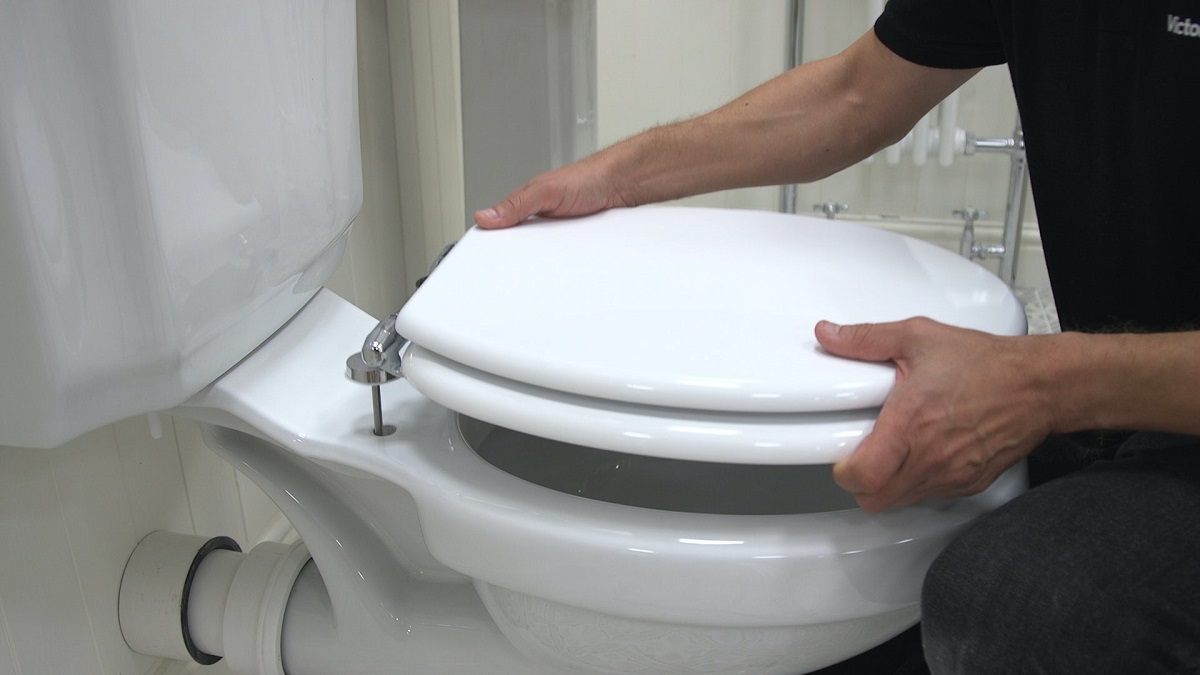
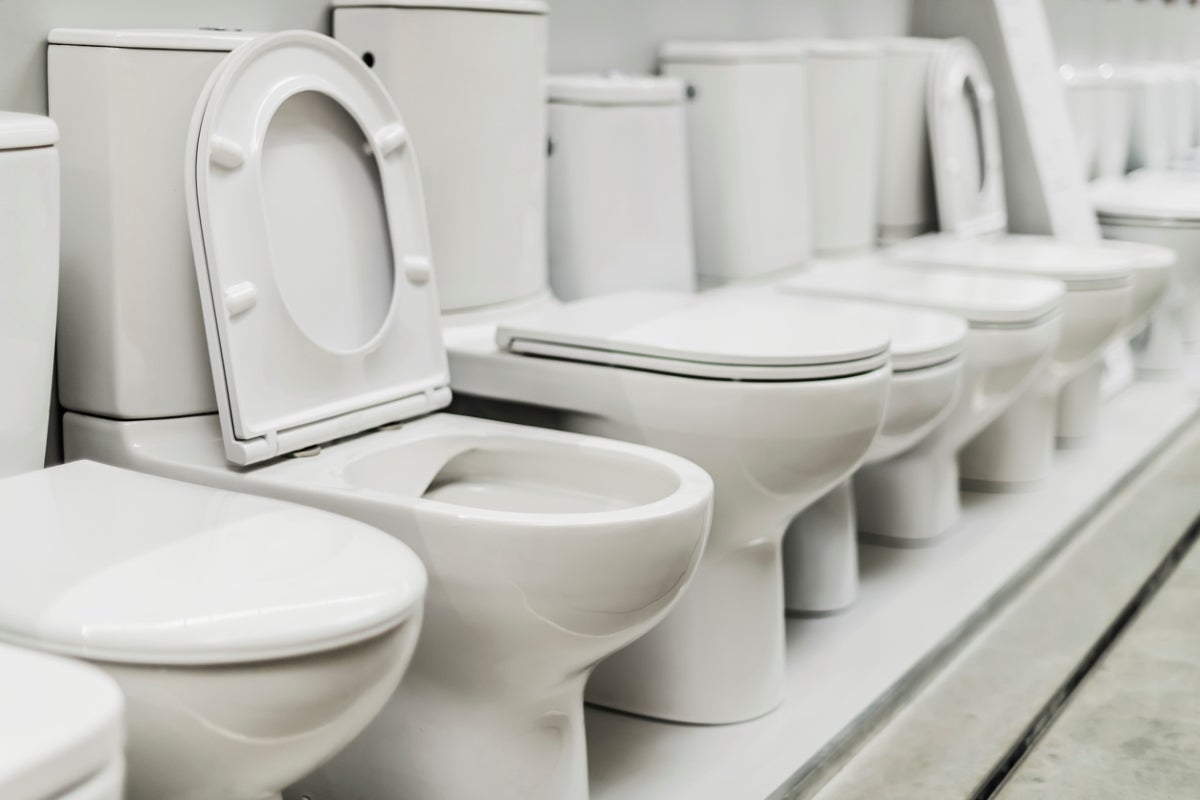
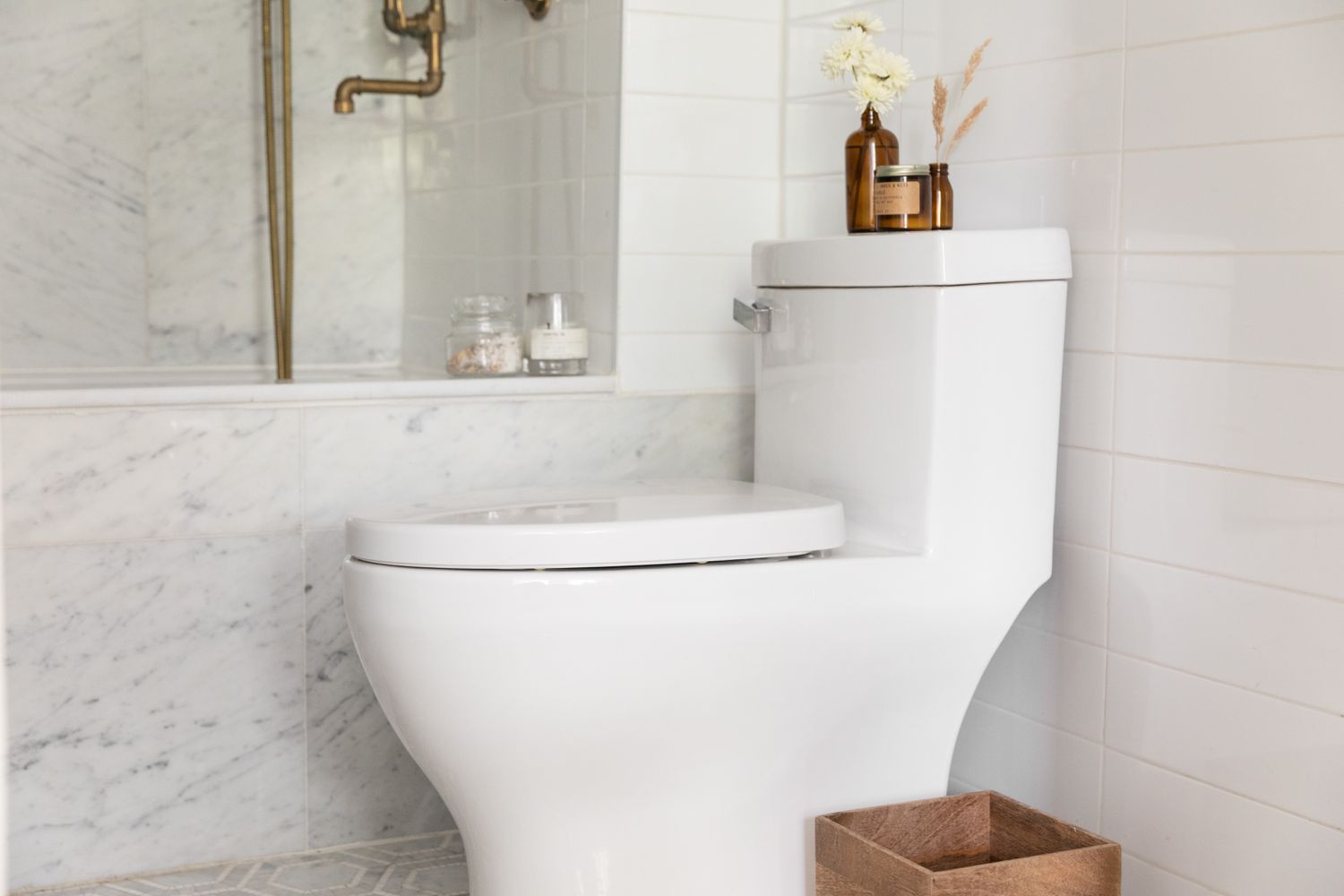
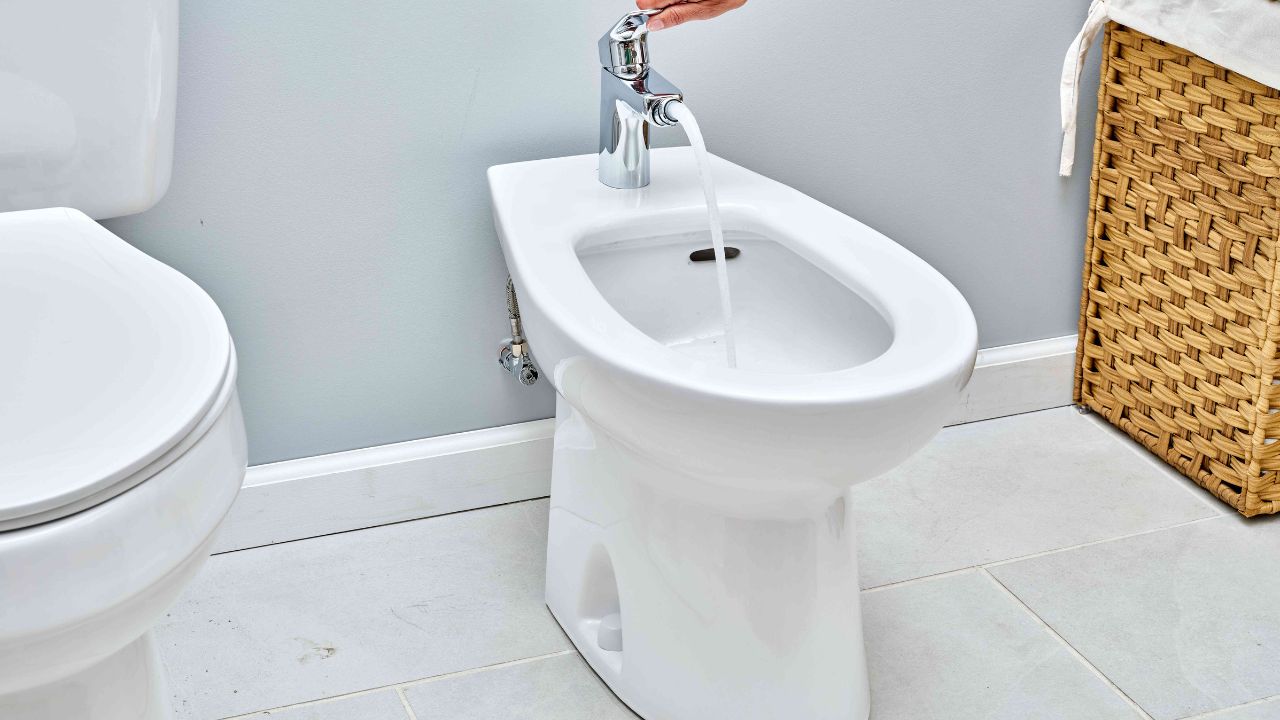
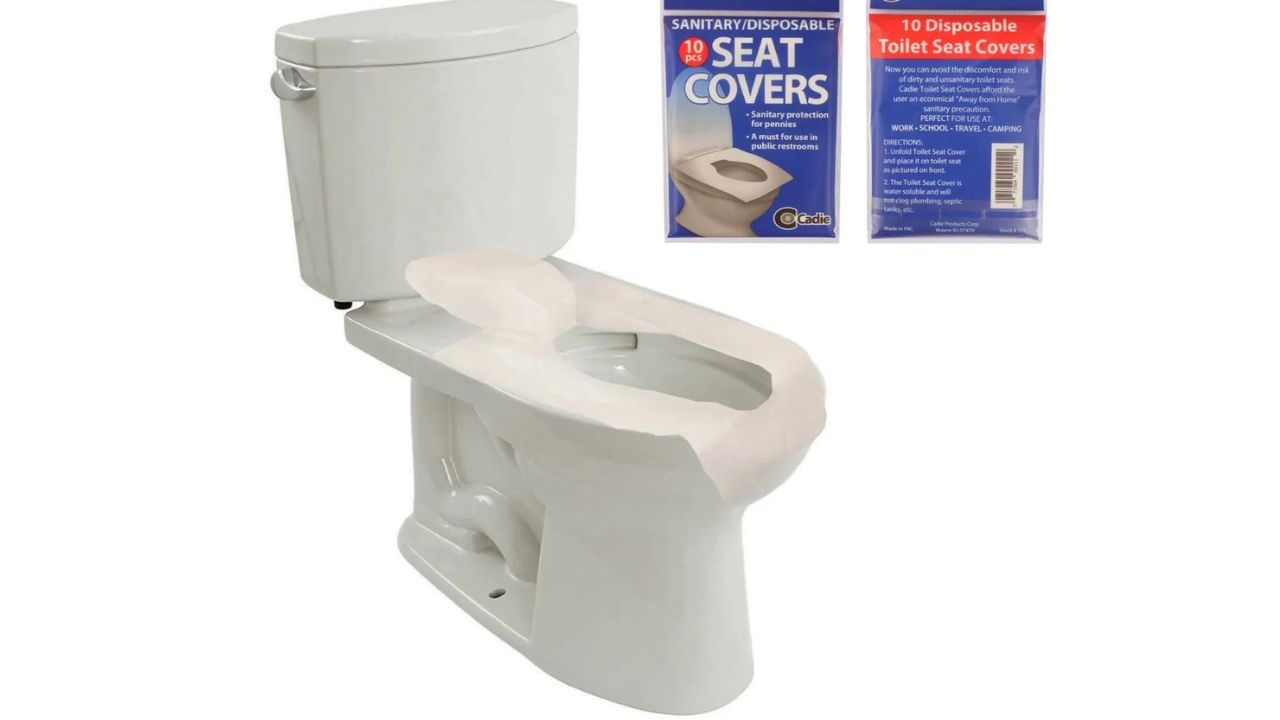
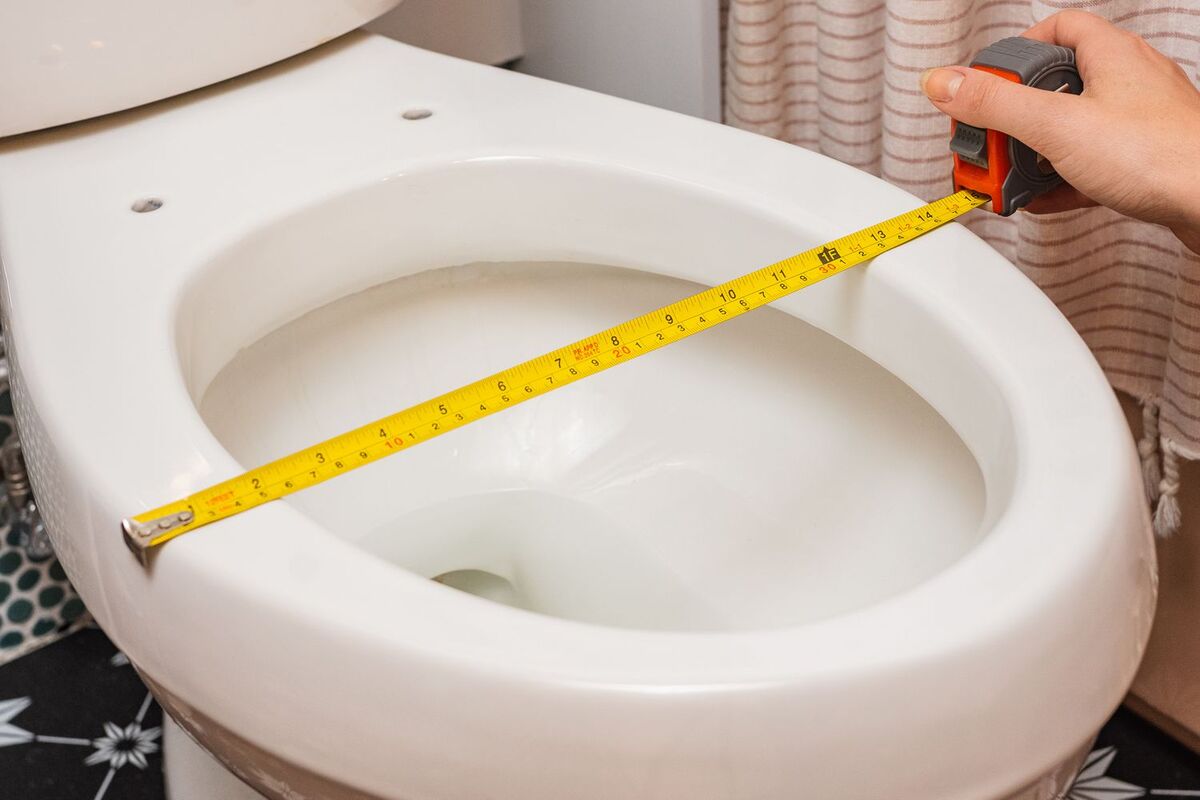
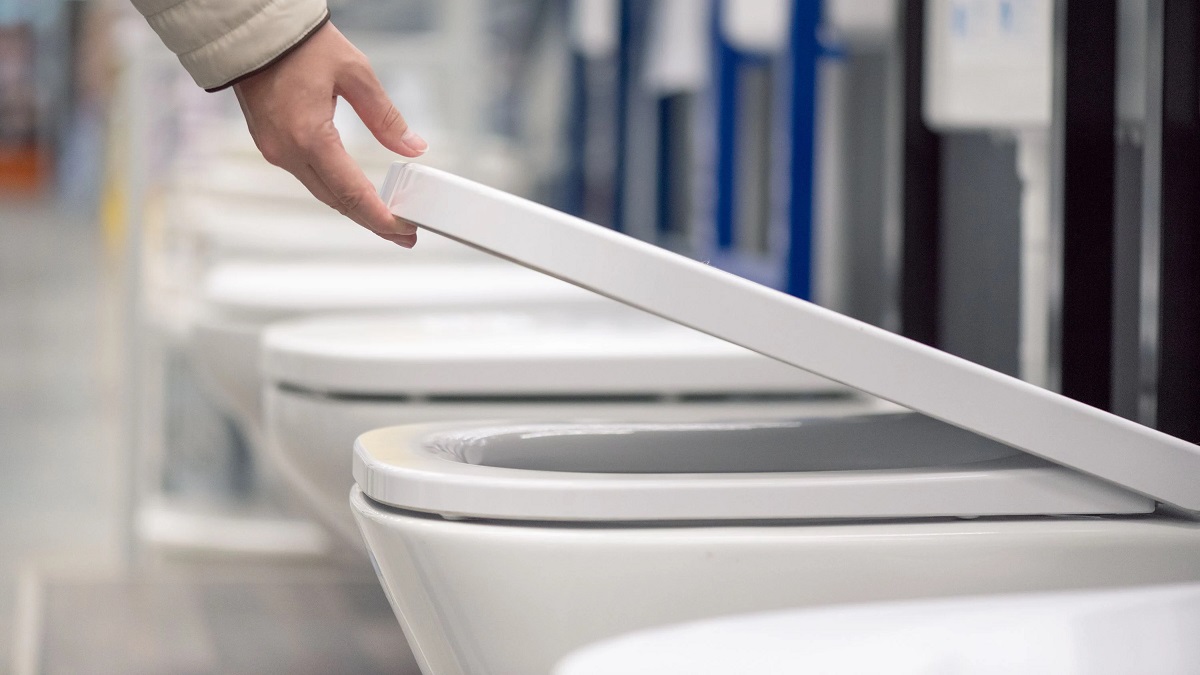
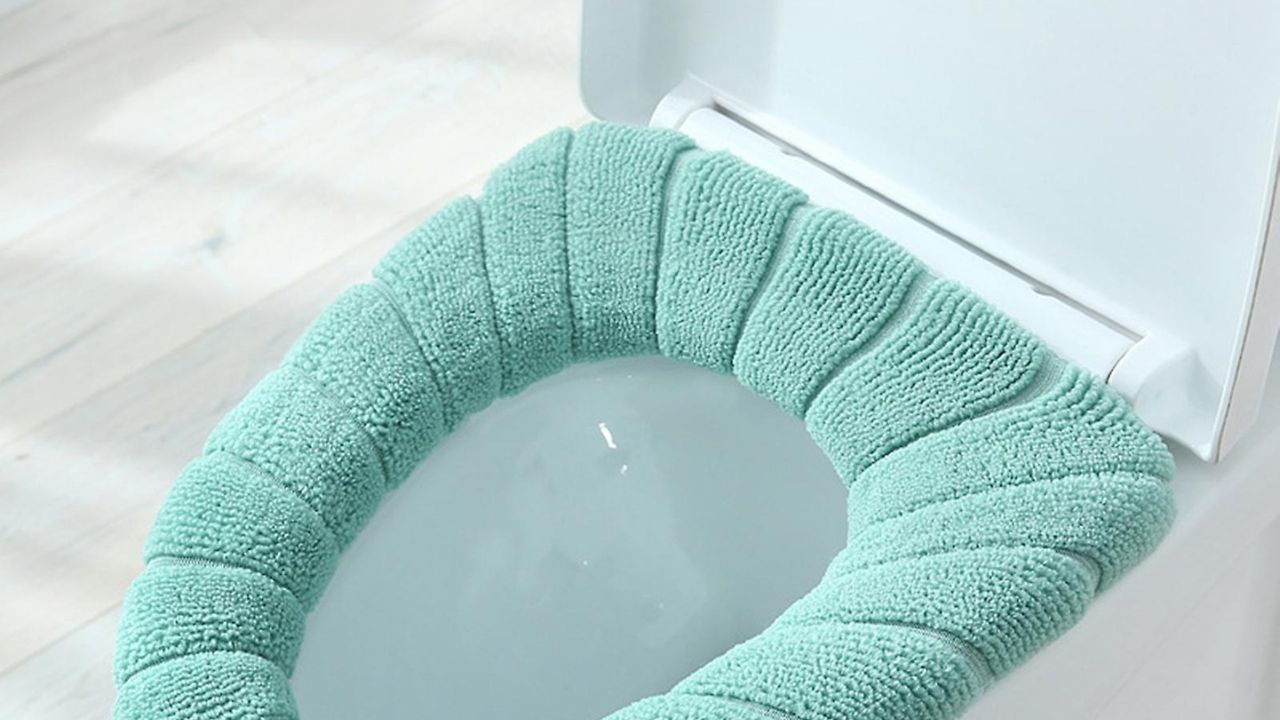
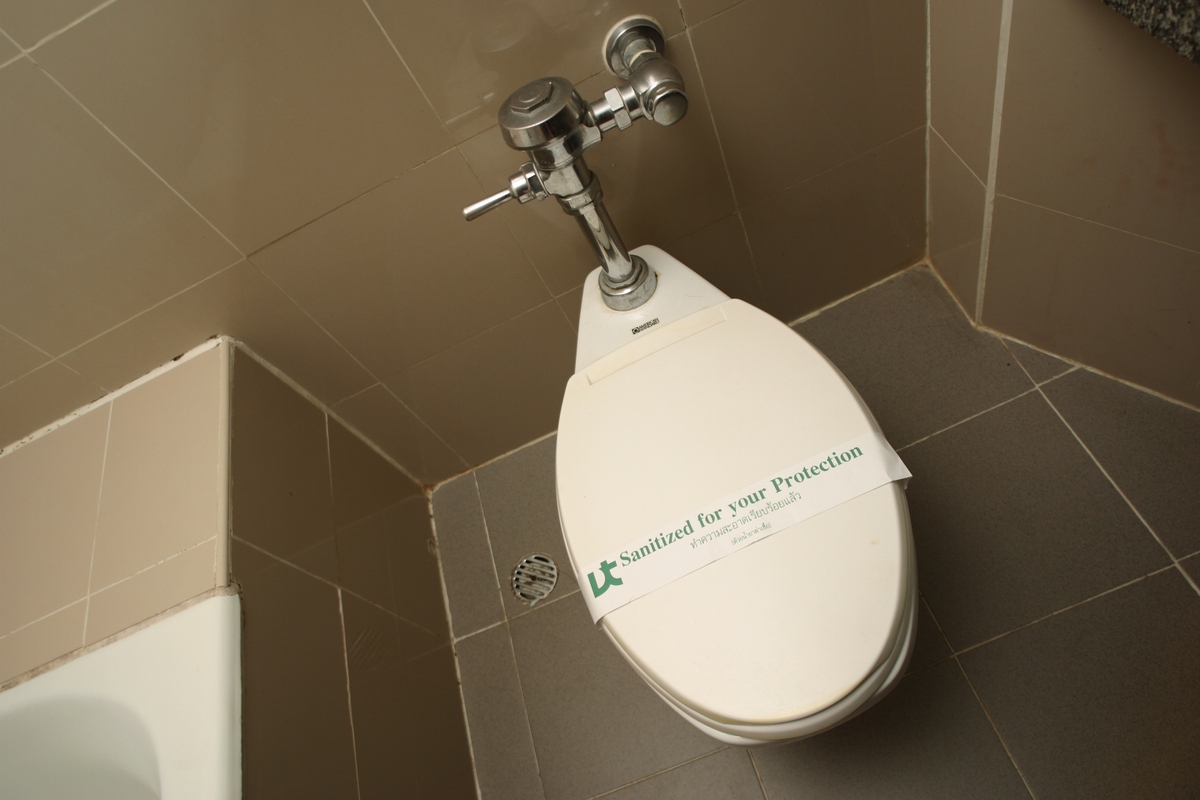
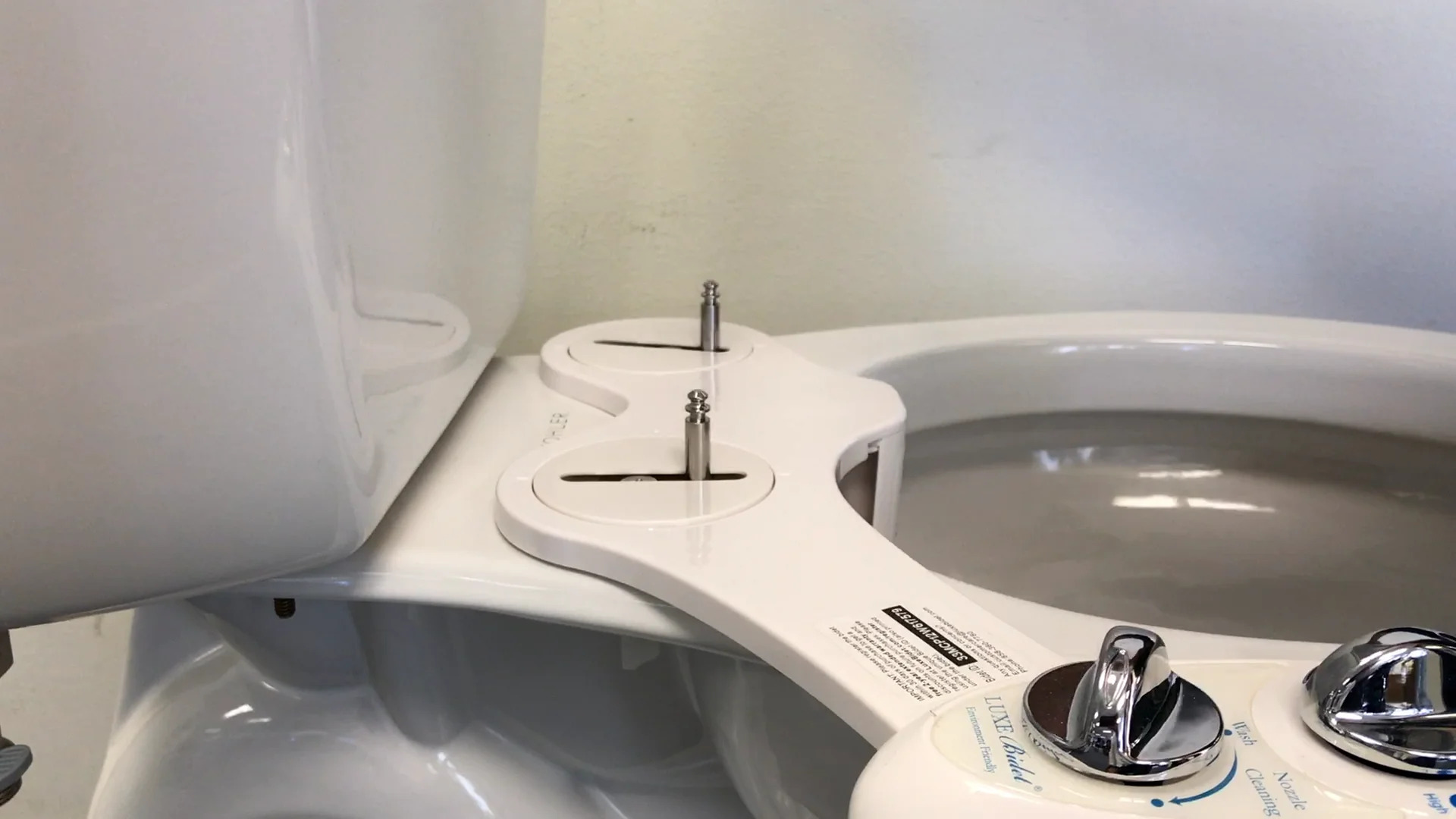
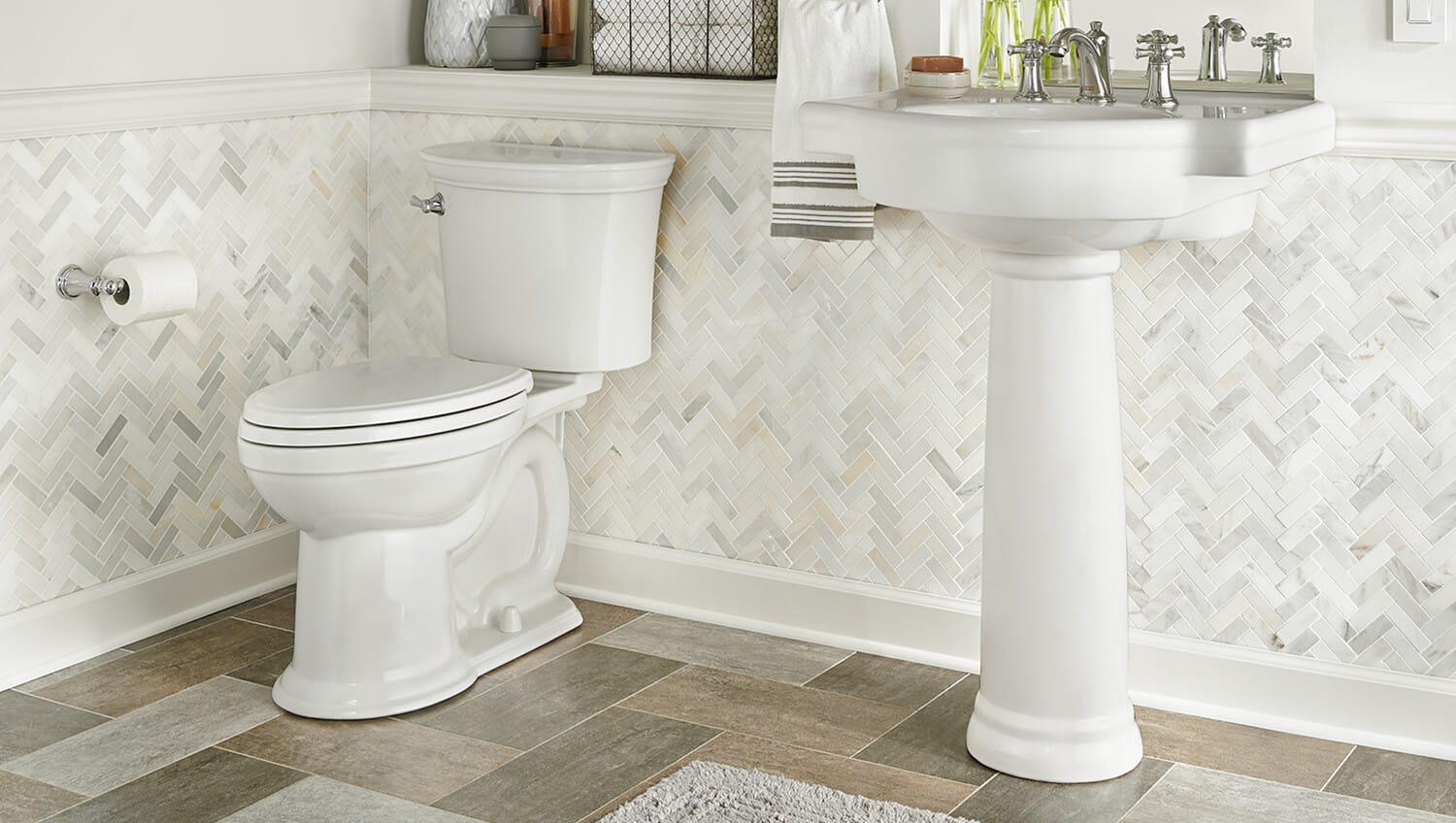
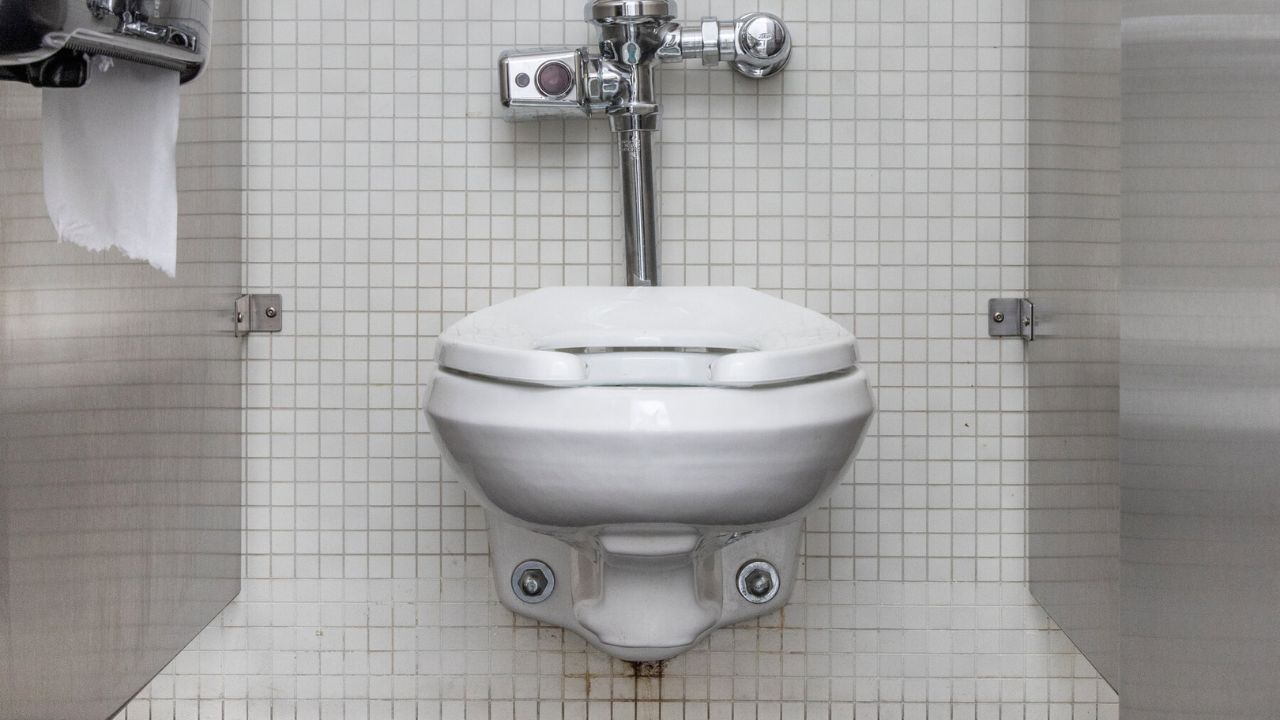
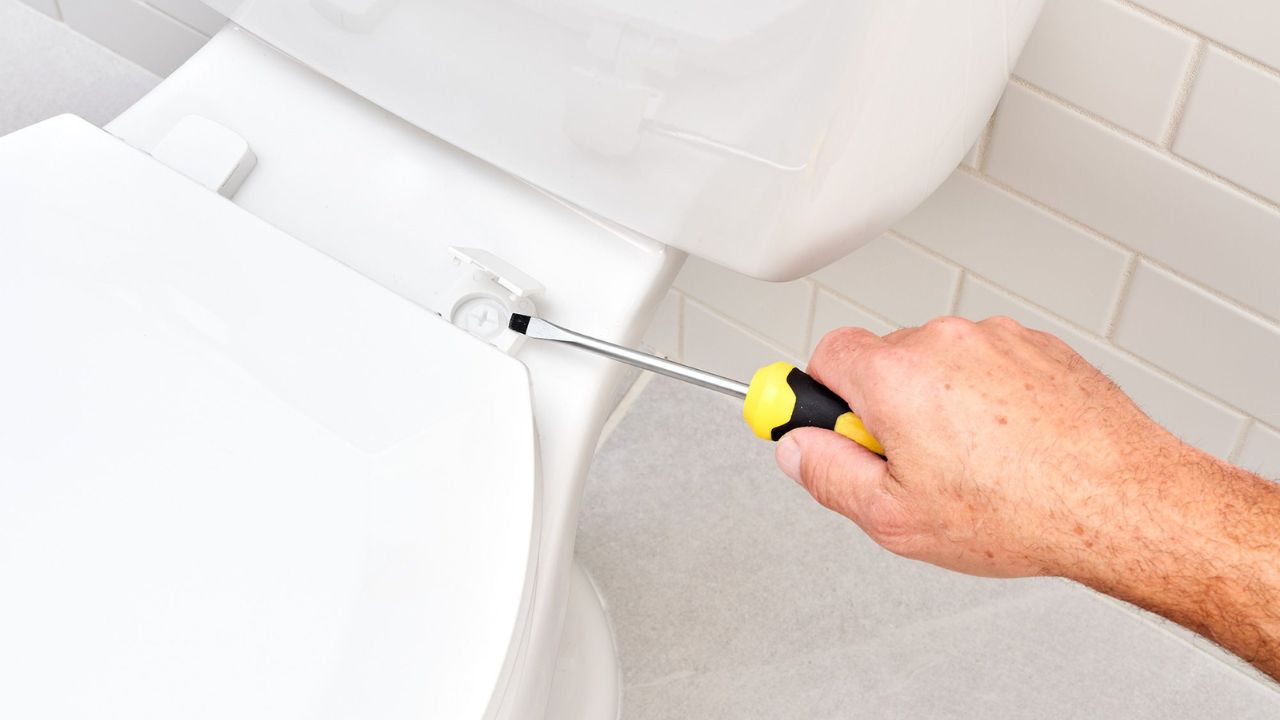

0 thoughts on “How To Buy Toilet Seat”